ECUADOR´S AQUACULTURE AND FISHERIES INDUSTRY OVERVIEW
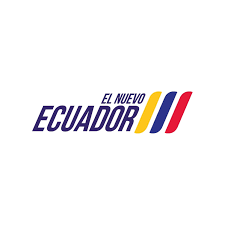
Aquaculture Sector
In 2023 Ecuador’s aquaculture sector exports amounted to USD 7,2 Billion; 1,2 Million Tons.
The sector is mainly made up of the following products:
Shrimp
Tilapia
Source: Central Bank of Ecuador, BCE.
- Shrimp (Tariff Code: 0306.16 / 0306.17 / 0306.35 / 0306.36)
Ecuador´s shrimp variety is named Penaeus Vannamei (Whiteleg shrimp).
Ecuadorian vannamei supply has grown exponentially, from roughly 40,000 Tons exported in 2000 to an estimated 1,2 Million Tons in 2023. The country became the world’s largest producer and exporter of farmed shrimp in 2022, respectively supplanting China and India. Approximately 90% of Ecuadorian shrimp is sold overseas, primarily to China, which accounted 59% of exports in 2023, followed by Europe (18%), US (17%).
Ecuador owns unique farming conditions, which include a stable water temperature ranging from 24-30°C throughout the year and a relatively low stocking density of 15-25 animals per sqm in Ecuador, compared to 25-30 per sqm average for Asia. These factors significantly reduce stress during shrimp farming, minimize the occurrence of diseases, and maintain a high survival rate of 60-70%.
Ecuadorian shrimps are shrimp pathogen resistant (SPR), meaning they are exposed to diseases that help bolster immunity, making them more robust.
Nowadays, shrimp represents Ecuador´s main exportable product, after crude oil.
Shrimp production is located along Ecuador´s Pacific coast (670 km length), more than 200.000 hectares of shrimp production, all year round. Ecuador´s shrimp industry represents more than 260.000 jobs.
Source: Central Bank of Ecuador, BCE.
In 2023 Ecuador’s shrimp exports amounted to USD 7,2 Billion; 1,2 Million Tons.
- Tilapia (Tariff Code: 0304.31 / 0302.71)
In 2023 Ecuador’s tilapia exports amounted to USD 1,2 Million; 298 Tons. The main market destination for Ecuadorian Tilapia is USA.
Ecuador´s Aquaculture Business Association
The main business association that gathers the largest Ecuadorian shrimp producers and exporters companies in Ecuador is the National Chamber of Aquaculture of Ecuador.
Fisheries Sector
In 2023 Ecuador's fisheries sector exports amounted to USD 1,7 Billion and 394.399.190 Tons.
Source: Central Bank of Ecuador, BCE.
The sector is mainly made up of the following products:
- Tuna loins and canned tuna.
- Mahi-mahi
- Fish fillets (Hake).
- Mackerel.
- Canned Sardines.
- Fishmeal.
- Fish oil.
- Frozen fish (various).
- Fresh fish (various).
In 2023, Ecuadorian canned tuna exports amounted to USD 1,18 Billion and 229.000 Tons.
Ecuadorian tuna is one of the most popular products in the international market, as it is rich in protein, Omega 3, Vitamins A, B12, D, Calcium, Zinc and other nutrients that lead consumers to prefer it over beef, pork and chicken.
Ecuador’s tuna industry is environmentally responsible and complies with the 72-day annual ban imposed by the Inter American Tropical Tuna Commission - IATTC; however, due to the large storage capacity of its factories, processing can continue all year round. Ecuador has a production capacity of 500.000 Tons per year, with Skipjack, Yellowfin and Bigeye being the main species caught.
Ecuador is the second largest exporter of canned tuna in the world and has the second largest tuna fleet in the Eastern Pacific Ocean.
The product has several presentations, among which we can find:
Canned:
- Solid, chunks, and chopped.
- Net weight: 80, 140, 142, 170, 180, 195, 354, 950, 1000, 1850 or 1880 gr.
- Boxes of 24, 36 or 48 units.
- Contains: water or vegetable oil.
Pouch:
- Solid, chunks.
- Net weight: 85, 200, 315, 500, 650, 1000,1950, 3000 or 6000 grams.
- Boxes of 2, 5, 12, 16, 24 or 48 units.
- Contains water or vegetable oil.
Tuna with added value:
- Gourmet tuna.
- Canned tuna with vegetables.
- Tuna meatballs in different sauces.
- Tuna burgers.
- Tuna salads.
- Tuna soups.
- Tuna Nuggets.
The product also counts with various certifications such as: Dolphin Safe, MSC, ISO, BRC Food, IFS, GMP, HACCP, BASC, BAP, among others.
Ecuadorian canned tuna main destinations are USA, Spain, Colombia, Italy and UK.
- Mahi-mahi - dolphinfish / dorado fillets (Tariff Code: : 0304990010, 0304790010)
In 2023, Ecuadorian mahi mahi fish exports amounted to USD 41,9 Million; 3.914 Tons.
- Hake / Merluccius SPP (Tariff Code: 0303.66 / 0304.74)
In 2023, Ecuadorian hake exports amounted to USD 8,6 Million and 2.892 Tons.
Hake is a fish species very easy to digest because it is composed of a lot of water, does not have carbohydrates and is a very good source of protein which is why it is of great interest in international markets.
Because of the abundance and strict regulation of the species, Ecuadorian hake is obtained at a very competitive price for the international markets. Its special characteristics, given the good weather in which it is grown allows the product to have a high quality.
The advantage in Ecuador is the sustainability of the species thanks to fishing regulations and ordinances. Fishing authorization of this product is given for a limited number of vessels and a limited quantity in Tons per year per vessel.
In Ecuador, hake is produced pretty much all year long except for September and December.
The product has several presentations, among which we can find: Whole round, HGT, HG and fillets with skin. Regarding the packing we can find: IQF, 10 kg Blocks, 15 kg Bulks and retail packing.
The product also has various certifications such as: HACCP, BRC Food, IFS Food, SQF, ISO, NFS, BASC, among others.
Ecuadorian hake main destinations are Russia, USA, Brazil, Belgium and Dominican Republic.
- Mackerel (Tariff Code: 0303540000 / 0302440000)
In 2023, Ecuadorian mackerel exports amounted to USD 19,1 Million and 17.532 Tons.
Ecuadorian mackerel main destinations are Cote d'Ivoire, Russia, Ghana and Spain.
- Canned Sardines (Tariff Code: 1604.13)
In 2023, Ecuadorian canned sardines’ exports amounted to USD 43,7 Million and 19.335 Tons.
The convergence of two marine currents, a unique phenomenon in this part of the continent, results in a better consistency, color, and flavor for the Ecuadorian sardine, and this makes the product superior to other countries product.
The species produced in Ecuador is Pinchagua - Opisthonema libertate. Ecuador is subject to an annual ban on the capture, transportation, processing, and trade of small pelagic fish for two months a year, except for canned goods produced before the ban period.
In Ecuador sardines are produced pretty much all year long except for the ban period in March and October.
The product has several presentations, among which we can find:
Canned sardine without tail and without head:
- Oval: 425gr, 225gr
- Tall: 425gr
- Tinapa: 155gr
- Club: 125gr
- Round: 170gr, 1000gr
- Content: Water and salt; vegetable oil; ketchup; sunflower oil; olive oil.
The product also has various certifications such as: HACCP, GMP, BASC, among others.
Ecuadorian canned sardines’ main destinations are Colombia, Mexico, Peru, USA and Dominican Republic.
- Fishmeal (Tariff Code: 2301.20)
Fishmeal is one of the oldest industries in Ecuador, the beginning of its activities dates to the 60s.
In Ecuador, the growth in the production of shrimp, tilapia and other farmed crops, has been sustained by the local supply of fishmeal, which has encouraged national and foreign investment in the feed industry.
In 2023, Ecuadorian fishmeal exports amounted to USD 106,4 Million and 69.100 Tons.
Ecuadorian fishmeal main destinations are China, Colombia, Germany and Türkiye.
- Fish oil (Tariff Code: 1504.20)
Fish oil is widely used as feed additive for fish and other animals’ production. In 2023, Ecuadorian fish oil exports amounted to USD 28,3 Million and 7.378 Tons.
Ecuadorian fish oil main destinations are Chile, France, Colombia, and Spain.
Ecuador´s Fisheries Business Associations
In Ecuador, there are two business associations that bring together the main production companies in this sector:
- Ecuadorian Chamber of Tuna Industrialists and Processors, website: https://ceipa.com.ec/
- Ecuador´s National Fisheries Chamber, website: https://camaradepesqueria.ec/
Pro Ecuador´s Trade Office in Türkiye
PRO ECUADOR is the Vice Ministry of Export and Investment Promotion, part of the Ministry of Production, Foreign Trade, Investments and Fisheries of Ecuador, in charge of executing the country's export and investment promotion policies to promote the supply of Ecuadorian products and markets for their strategic insertion in international trade.
For any further information or enquiries regarding Ecuador´s Aquaculture and Fisheries Industry, please feel free to contact the Pro Ecuador´s Trade Office in Türkiye / Embassy of Ecuador in Türkiye, email: oceankara@produccion.gob.ec, Phone: +90-312-446 80 35.



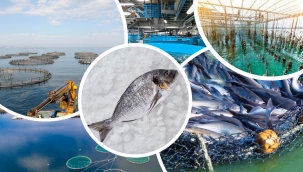

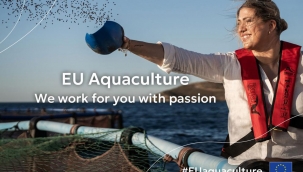

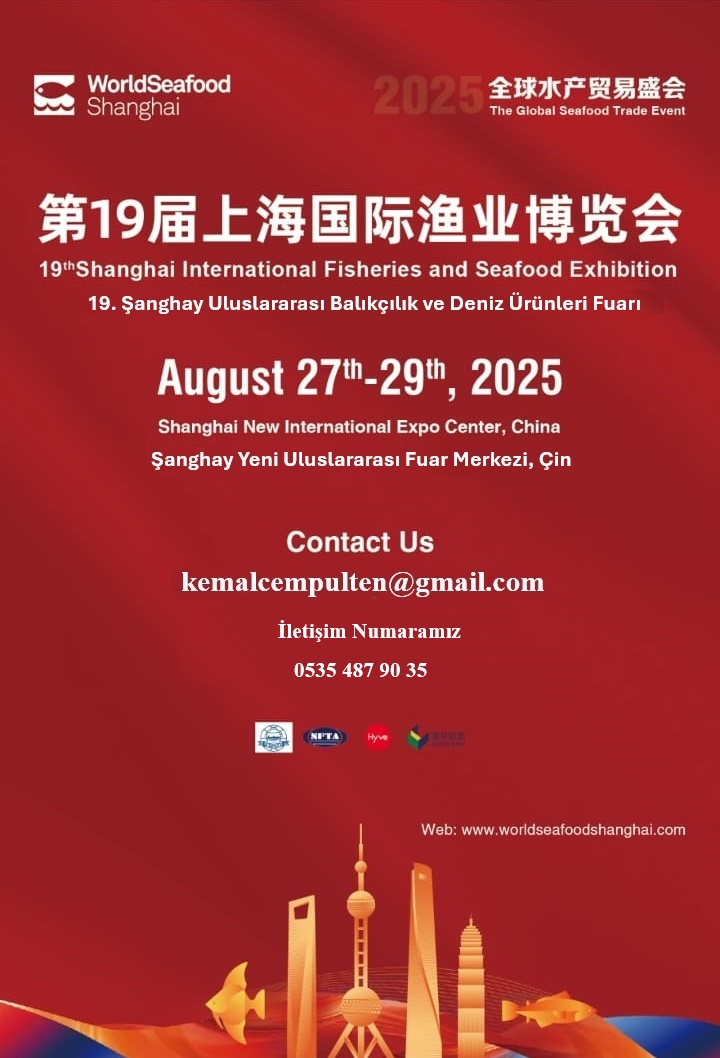
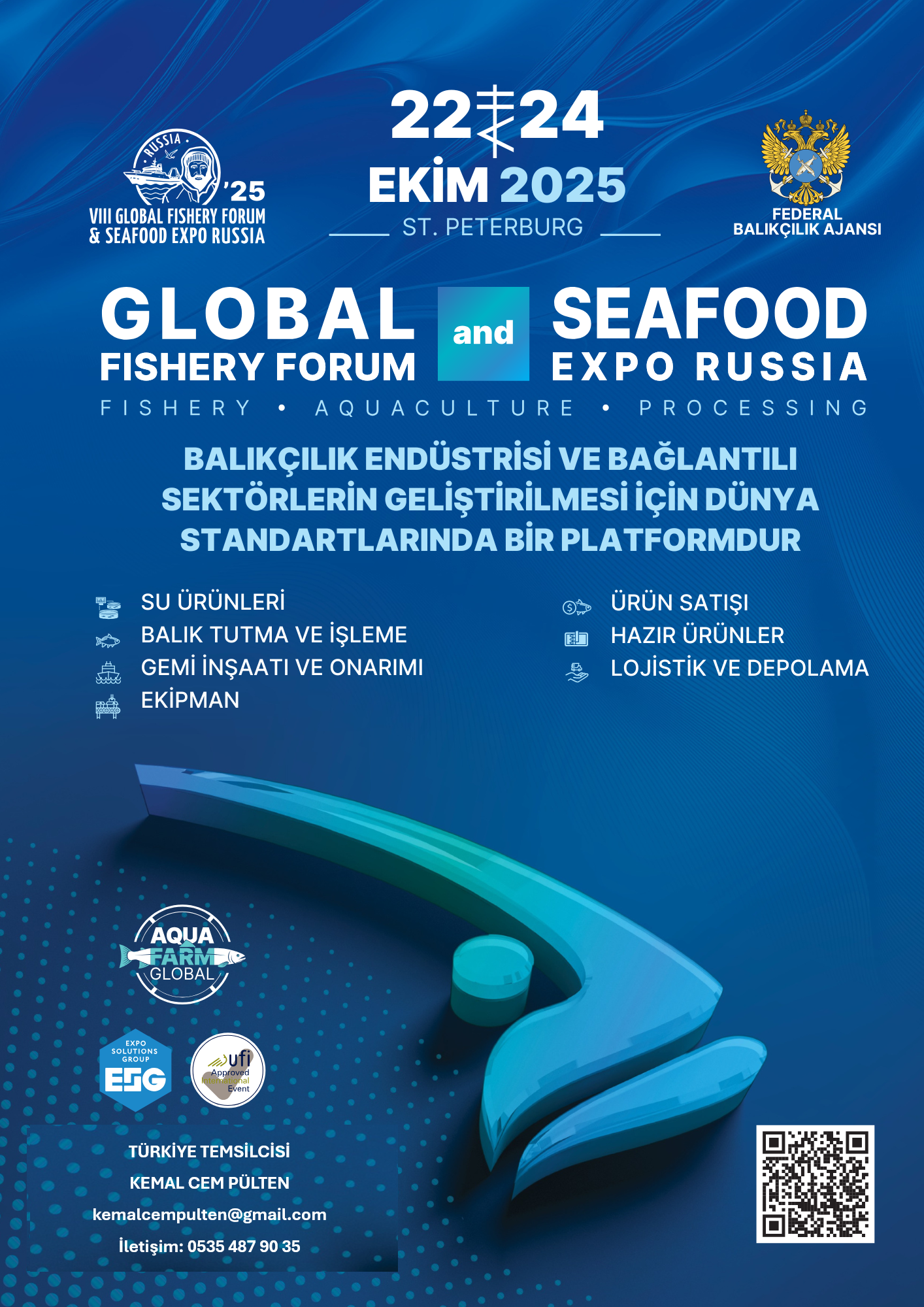






YORUMLAR